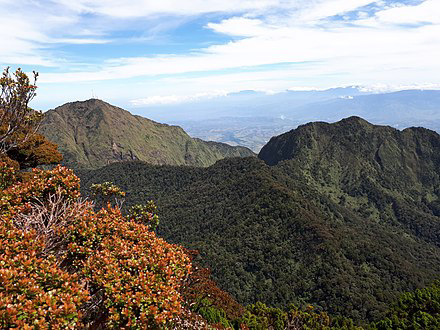Are you looking for an extraordinary beach where you can experience crystal-clear waters and unique pink coralline sand? Then, Great Santa Cruz Island awaits you! Located in the southern region of the Philippines lies an inhabited island in Zamboanga City, where you can explore a beautiful pink sand beach. In this beginner's guide, we’ll take you on an exciting journey to discover the beauty of Great Santa Cruz Island.
Introduction
Great Santa Cruz Island, also known as Pink Beach, is a small island located in the Basilan Strait. It’s approximately 4 km long and is home to a unique and captivating beach. The island is part of the Great and Little Sta. Cruz Islands Protected Landscape and Seascape, which means that the island is under the protection of the government to preserve its natural beauty. Its reputation for the pink sand beach attracts many local and foreign tourists, making it a must-visit destination in the Philippines.
How to Get There
To get to Great Santa Cruz Island, you will need to take a boat from the city of Zamboanga. You can choose from various tour operators that offer different packages, depending on your budget and preferences. The boat ride to the island takes around 20-30 minutes, depending on the weather conditions. From the boat, you’ll see the Santa Cruz Bank that boasts of a magnificent view of the marine life. You might even encounter some dolphins along the way!
The Pink Sand Beach
The highlight of Great Santa Cruz Island is its pink sand beach. The unique color of the sand comes from a pulverized red organ pipe coral, a type of coral found in the shallow waters near the island. The sand is soft and powdery, making it perfect for beach activities like volleyball, frisbee, and sunbathing. The beach is also shallow and safe for swimming, making it an excellent option for families with young children.
Things to Do
Great Santa Cruz Island offers a range of activities that will keep you entertained during your visit. Here are some of the things you can do:
1. Snorkeling - The island has a vibrant marine ecosystem that you can explore. You can rent snorkeling gear, and an experienced guide will lead you to the best snorkeling spots.
2. Island Hopping - You can visit nearby islands such as Little Santa Cruz Island, which is a smaller version of Great Santa Cruz Island, Sibago Island, and Bulingan Falls.
3. Sunbathing - You can relax and soak up the sun on the pink sand beach.
4. Camping - You can stay on the island overnight by renting a tent from the local government.
5. Eco-trail - You can go trekking and enjoy the natural surroundings of the island.
Eco-tourism
Besides its stunning pink sand beach, Great Santa Cruz Island is also recognized for its ecological importance. It's part of the Great and Little Sta. Cruz Islands Protected Landscape and Seascape, where efforts to preserve its flora and fauna have been implemented. By visiting the island, you are helping to sustain the livelihood of the local community, who are committed to promoting eco-tourism.
Great Santa Cruz Island is a hidden gem in the Philippines and is undoubtedly worth visiting. With its pink coralline sand, clear waters, and diverse marine life, it provides an unforgettable experience. The island's dedication to eco-tourism highlights its commitment to conservation, making it an ideal destination for nature lovers and adventure seekers alike.









